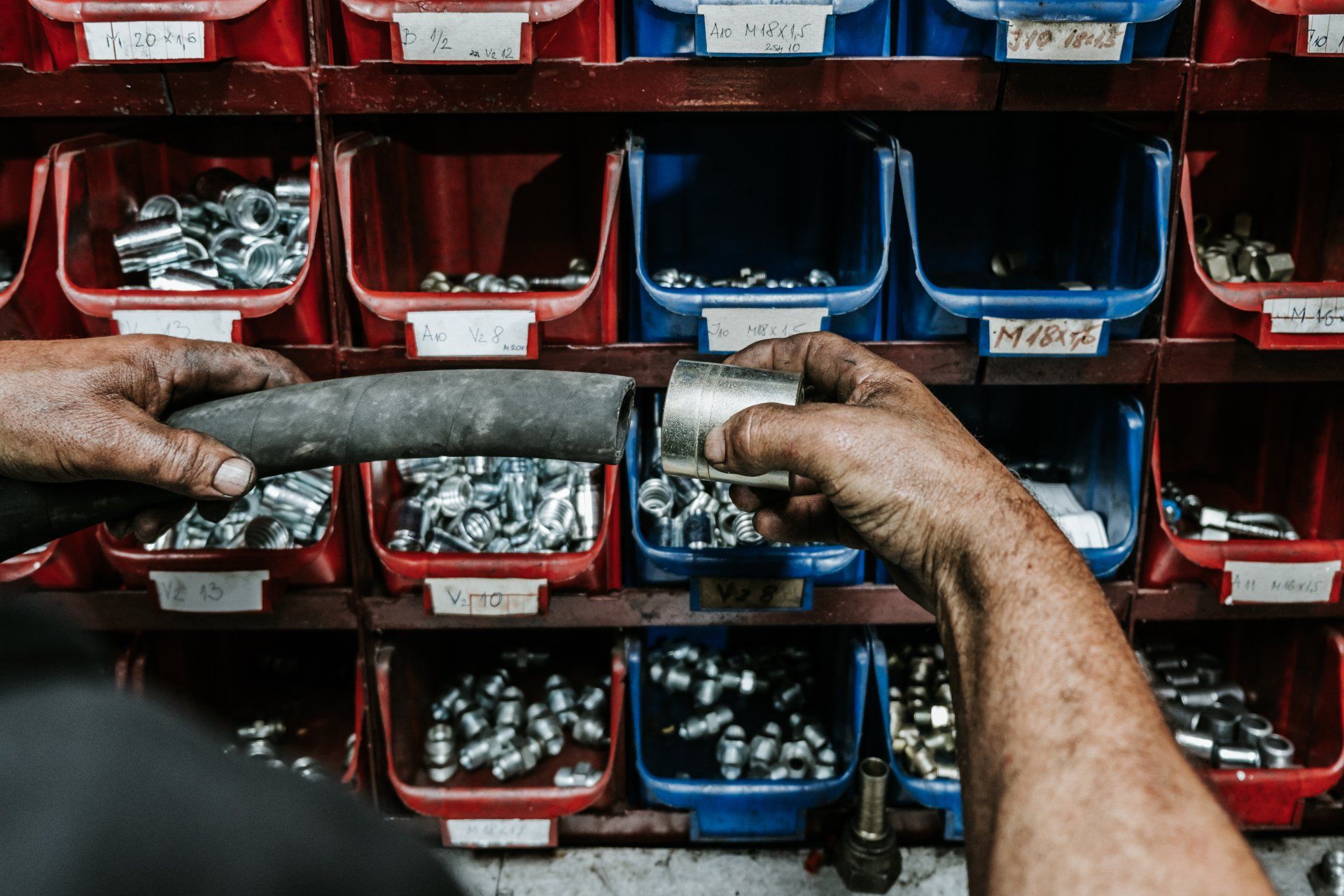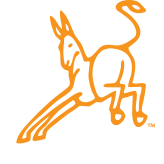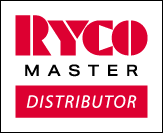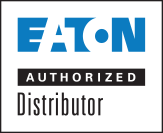Industrial Hoses: A Guide To Hose Choices In Multiple Industries
Industrial Hoses Aren’t One-Size-Fits-All. Here’s How To Determine The Right Hose For Your Needs
Whether you’re making a repair to your equipment or looking for better industrial hoses to help your machinery function optimally, knowing which hose to choose is critical to proper performance.
The problem? There’s a wide range of industrial hoses with a myriad of applications on the market, which can make it difficult for some to know whether or not the hose they wish to purchase is the right fit for their needs.
Fortunately, a little guidance will make it easier for you to source the proper equipment. Let’s take a look at a few industrial hose recommendations by industry to help you find the right hose for your needs.
Which hoses are right for the manufacturing industry?
Manufacturing hoses themselves have numerous applications, but these types of hoses are generally needed to transport liquids like chemicals, oil, or even water to fuel machines or engage in cleaning processes.
As such, the hoses that you will typically require for manufacturing purposes are products like rubber hoses and the aptly named chemical delivery hoses, which transport liquids like oil and water.
Which hoses are right for industrial processes?
Production absolutely requires hoses, and much like the other sections in this guide, there are a lot of processes that hoses are required for.
If you’re operating machinery,
hydraulic hoses are essential for transporting oil, water, and even gases. However, these aren’t the only types of hoses that you will see for industrial processes. Oil-resistant hoses play a role in eliminating waste or moving fuel to another container, which is a focus in production as well.
Which hoses are right for agricultural applications?
Hoses are a given in the agricultural industry, but the most common application isn’t the only one. Hoses can be used for preventing flooding, removing waste, and even distributing food.
That being said, the most common industrial hose that you might come across in agriculture is the layflat hose, which is designed to transport water for crops or livestock. Unlike your everyday hose, these types of hoses are durable (reinforced with PVC), flexible, and easy to transport.
Which hoses are right for the food and drink industries?
Safety and health are especially important when it comes to the food and drink sector, so you need to make sure that everything down to the hoses you use is being applied correctly.
The food and drink industries often see hoses like brewery hoses, which can be used not only for beer but for liquor and juices, and industrial food hoses, which are commonly used for canning and bottling or transporting bulk foods and dry food products.
Find The Right Hose For Your Needs With Action Supply
Even with the information above, knowing how to source hoses, install them, and repair them can be a difficult feat on your own and one that can be costly if you make any mistakes along the way.
Action Supply is dedicated to helping you find the high-quality industrial hoses you need while providing the level of service that you deserve.
Contact us to get started!





